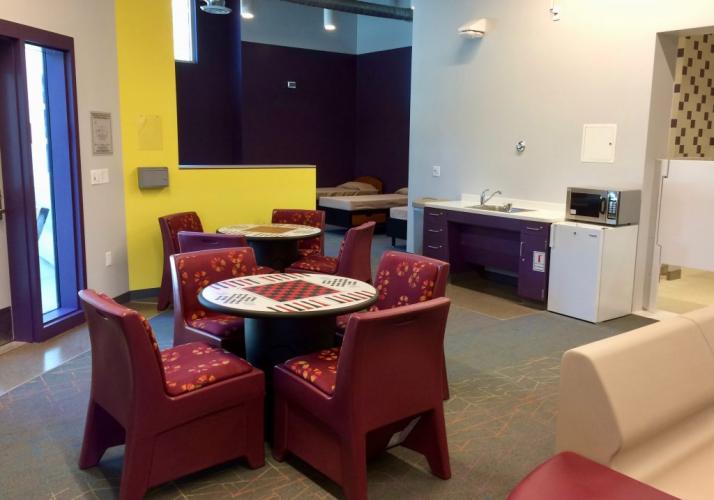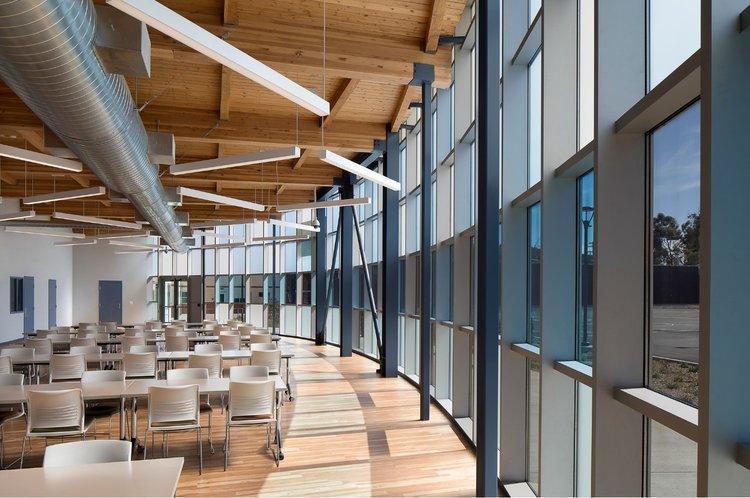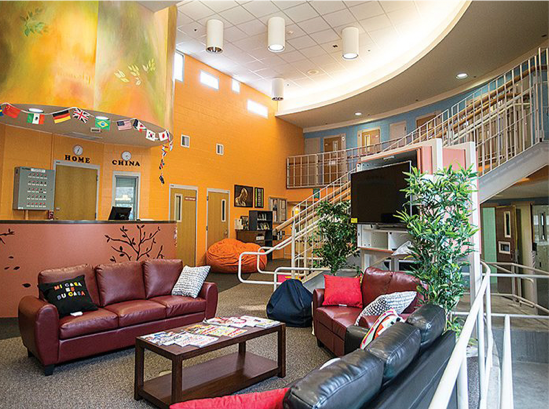Transforming California’s Local Juvenile Facilities to Sustain Rehabilitative Success
THE SUSTAINABLE REHABILITATION FOR YOUTH ACT
Background
In the last decade, California probation departments have had tremendous success in lowering juvenile detention rates by 60 percent and juvenile arrest rates by 73 percent since 2007, while now safely treating over 90% of youth in the community. This has been a direct result of improved screening to determine need for detainment, statewide application of risk-needs assessment, and implementation of effective prevention and diversion programs. As a result of the abovementioned efforts, this has resulted in juvenile halls being reserved for only those youth who present the greatest risk to their safety or others and many of whom struggle with acute needs related to mental health and substance use issues and a history of trauma. California facilities were envisioned for a singular use and we are now presented with youth in need of facilities that allow probation departments to provide trauma- informed services and treatment for the short time the youth are under our care and supervision in a more therapeutic setting.
Proposal
It is in the state’s best interest to see these facilities used in innovative ways to improve the outcomes for our youth, their families and their communities. The Sustainable Rehabilitation for Youth Act would establish a grant program to provide resources for local probation departments to re-purpose and adapt their facilities to more comprehensively meet the needs of their community.
Enhanced Programs to Meet Therapeutic Needs of Youth:
Adapt facilities to have a further emphasis on rehabilitative and therapeutic needs to include restructured programming space for mental health and substance use disorder treatment, cognitive behavioral therapy, increased family engagement, vocational and educational training and more home-like residential space.
Step-down Treatment Module:
Allow for development of a step-down treatment module for probation youth to further decrease the number of youth in detention halls, reduce their length of stay, reduce out-of-county/state placements and to prepare for successful reentry into the community.
NEED
This proposal is not intended to replace existing beds; rather it would be used to transform existing program space and/or reduce bed-rated capacity and repurpose that space to be more responsive to the complex needs of the youth in a detained setting. Through research we know the one-size-fits-all approach of our older facilities cannot fully meet the varying needs of the youth we now serve. The potential is vast if we look at local juvenile facilities not as purely detention centers, but as service centers that provide a more home-like and therapeutic environment in which to receive services and programs that are more tailored to the specific needs of those being served.





